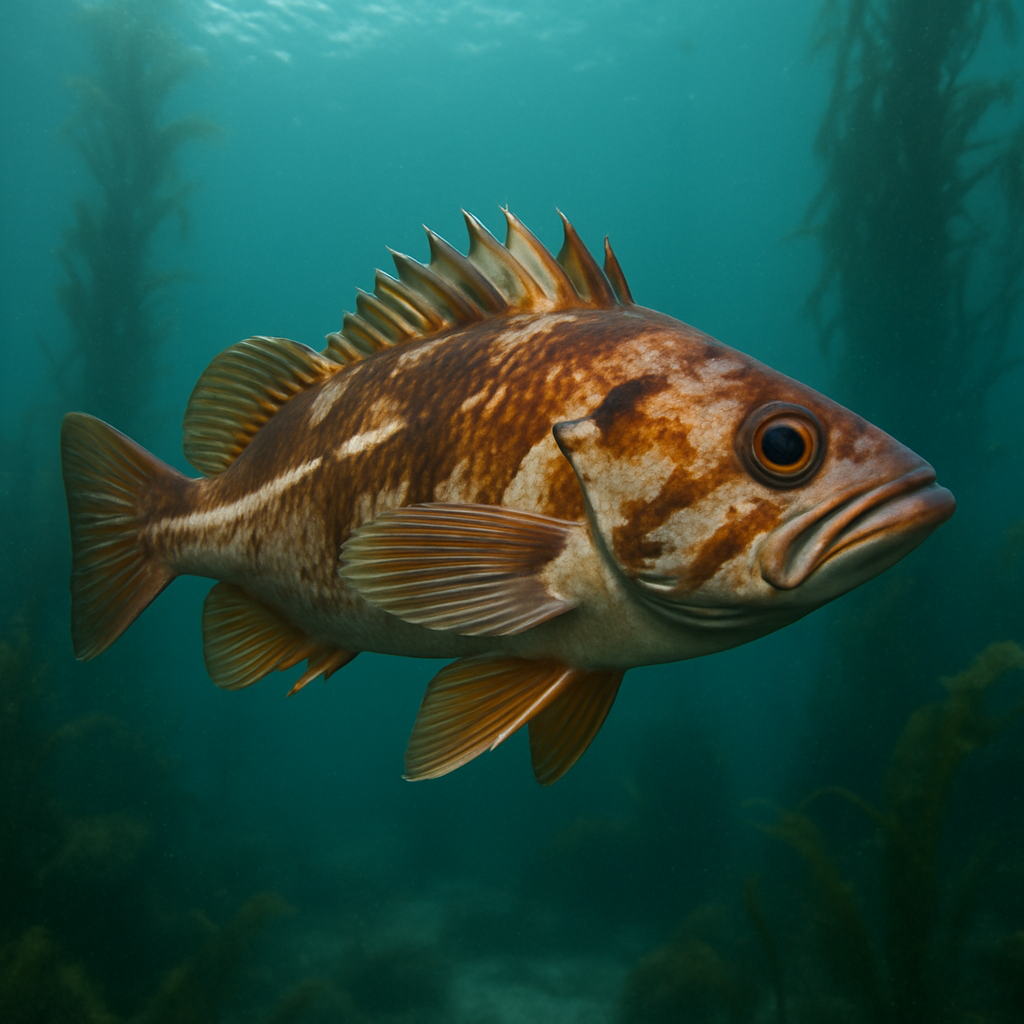Research
Sunflowers
 Multiple species of sunflowers grow in diverse habitats across North America. Our lab is interested in the genomic basis of adaptation and speciation in sunflowers. One important force in adaptation is hyrbidization and introgression. Work from our lab has shown that introgression is common between multiple species of sunflowers. For example, in the silverleaf sunflower, H. argophyllus, adaptation to coastal dune habitats is facilitated by the introgression of an introgressed region from H. annuus that causes early flowering.
Multiple species of sunflowers grow in diverse habitats across North America. Our lab is interested in the genomic basis of adaptation and speciation in sunflowers. One important force in adaptation is hyrbidization and introgression. Work from our lab has shown that introgression is common between multiple species of sunflowers. For example, in the silverleaf sunflower, H. argophyllus, adaptation to coastal dune habitats is facilitated by the introgression of an introgressed region from H. annuus that causes early flowering.
We are also interested in the role of inversions in adaptation. We found that sunflowers segregate for a surprisingly high number of large and old inversions. Theory on adaptation with gene flow suggests that inversions can contain multiple adaptive loci, and inversions in sunflowers seem to be enriched for environmental associations. Ongoing work in the lab seeks to understand the history and origin of these inversions. This work is done in collaboration with the Rieseberg Lab at UBC.
Kelp
 Kelp forests are critical habitat for many important marine species including salmon and rockfish. Ongoing ocean warming and other marine stressors has led to the decline of kelp populations in B.C. We are working with the Kelp Rescue Initative to build genomic resources that will facilitate conservation strategies. Our initial efforts including assembling chromosome-scale genomes for Macrocystis and Nereocystis and population level resequencing across B.C. We're continuing work to understand the history of kelp populations since the last glaciation and to make recommendations for kelp farming and restoration based on genomic information.
Kelp forests are critical habitat for many important marine species including salmon and rockfish. Ongoing ocean warming and other marine stressors has led to the decline of kelp populations in B.C. We are working with the Kelp Rescue Initative to build genomic resources that will facilitate conservation strategies. Our initial efforts including assembling chromosome-scale genomes for Macrocystis and Nereocystis and population level resequencing across B.C. We're continuing work to understand the history of kelp populations since the last glaciation and to make recommendations for kelp farming and restoration based on genomic information.
Rockfish
 Our lab is working to develop genomic resources for multiple rockfish species to explore questions about how rockfish populations are connected and how they have adapted to their environment across a wide latitudinal range. We also have explored the genetic basis for extreme lifespans in some species and how sex chromosomes have evolved repeatedly in different rockfish species. We are also interested in hybridization and introgression across species and the role of structural variation in adaptation.
Our lab is working to develop genomic resources for multiple rockfish species to explore questions about how rockfish populations are connected and how they have adapted to their environment across a wide latitudinal range. We also have explored the genetic basis for extreme lifespans in some species and how sex chromosomes have evolved repeatedly in different rockfish species. We are also interested in hybridization and introgression across species and the role of structural variation in adaptation.